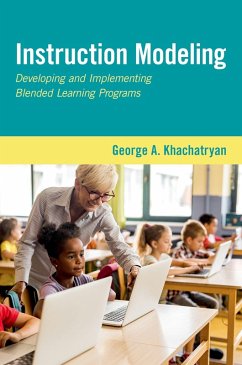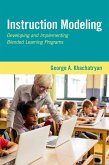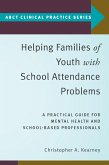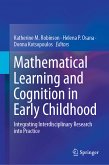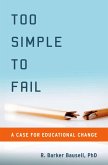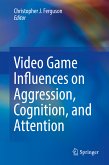"Blended learning" is an educational approach that combines online and face-to-face components in the classroom, and it is becoming popular in American schools. But the quality of these programs is inconsistent; some are based on scientific findings on how children learn, while others lack such support. In fact, very little reliable information is currently available on how to create, use, and measure the results of blended learning programs.
Instruction Modeling is both a practical guide to developing and implementing blended learning programs and a first-hand account of the creation of one such program, Reasoning Mind. As Reasoning Mind cofounder and instructional designer George Khachatryan explains, instruction modeling is a leading method for designing blended learning programs: carefully study high-quality offline instruction and build online programs to recreate it on a larger scale. This book describes in practical terms how to create a blended learning program, exploring a wide range of scientifically-supported approaches. Some programs draw on cognitive psychology, for instance, others on research in gaming, and still others on modern statistical methods such as "big data." Instruction modeling is unique amongst these approaches in that it relies above all on a deep understanding of the techniques and qualities of the world's best teachers. Making a strong case for broader use of instruction modeling, this book will be of special interest to teachers and education researchers, and an indispensable resource for those interested in the technique for its application in new contexts.
Dieser Download kann aus rechtlichen Gründen nur mit Rechnungsadresse in A, B, BG, CY, CZ, D, DK, EW, E, FIN, F, GR, HR, H, IRL, I, LT, L, LR, M, NL, PL, P, R, S, SLO, SK ausgeliefert werden.

